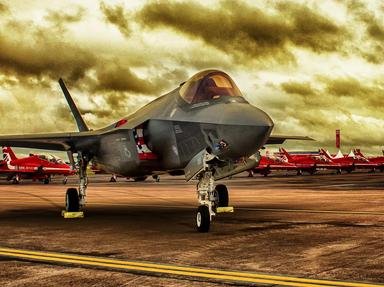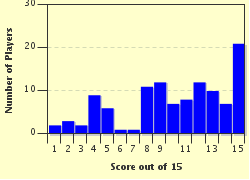Quiz Answer Key and Fun Facts
1. What is the oldest surviving regiment in the British Army, now a registered charity and the second most senior regiment in the Territorial Army (TA)?
2. This is the oldest regiment in the regular army in continuous active service. Part of the Household Division, it can trace its roots to Cromwell's New Model Army. It takes its name from the village in Scotland where General Monck crossed the River Tweed in support of the Monarchy in 1660.
3. This regiment is the second largest infantry regiment and takes its name from the weapon that some of its antecedents used in the Napoleonic Wars, where they also used electronic warfare! Richard Sharpe was also commissioned into one of its antecedent regiments.
4. This corps was originally formed in 1942 and by the time it was broken up in 1947 it comprised the SAS, the Parachute Regiment and the Glider Pilot Regiment. In 1957 it was reformed by amalgamating the Glider Pilot Regiment and the Air Observation Squadrons and is best known for its distinctive blue beret.
5. This cavalry regiment was formed in 1971 by the amalgamation of the Carabiniers and Greys and boasts one of the six official mascots of the British Army
6. Which is the largest corps in the British Army, making up 17% of its strength in 2011?
7. Formed in 2006, this is the largest infantry regiment in the British Army and includes the oldest infantry regiment of the line.
8. This regiment is recruited from overseas and can trace its beginnings back to 1815, when it was raised as the Sirmoor Battallion. Its motto is "Better to die than live a coward".
9. The first Yeomanry Cavalry regiment to be formed in Britain and therefore the senior Yeomanry regiment, it now lives on as "A" Squadron of the Royal Yeomanry (RY) and "B" Squadron of the Royal Wessex Yeomanry (RWxY).
10. Despite a relatively short history, this regiment has seen a lot of action since it was formed in 1941. Its motto is U"trinque Paratus" (Ready for anything) and its mascot is a Shetland Pony.
11. Formed in the early 1990s, this is one of the two regiments that form the Household Cavalry and is operational only. HRH Prince Harry of Wales deployed to Afghanistan as part of this Regiment in 2007.
12. Which of these is NOT a unit in the British Army?
13. This unit can trace its origins back to the arrival of William the Conqueror and the construction of the Tower of London. As pioneers of the "combination game" they won the FA Cup in 1875. Terence Cuneo served with them in WWII, but is perhaps better known for his military paintings which often include a small hidden mouse!
14. This Regiment is famous worldwide - formed in 1941 by David Stirling, this Regiment is best known for its tough selection process, the Iranian Embassy Siege and Bravo Two Zero...
15. Formed in 1917 from the Heavy Branch of the Machine Gun Corps, this Regiment fears naught as it fights from mud, through blood, to the green fields beyond.
Source: Author
se01dct
This quiz was reviewed by FunTrivia editor
stedman before going online.
Any errors found in FunTrivia content are routinely corrected through our feedback system.


